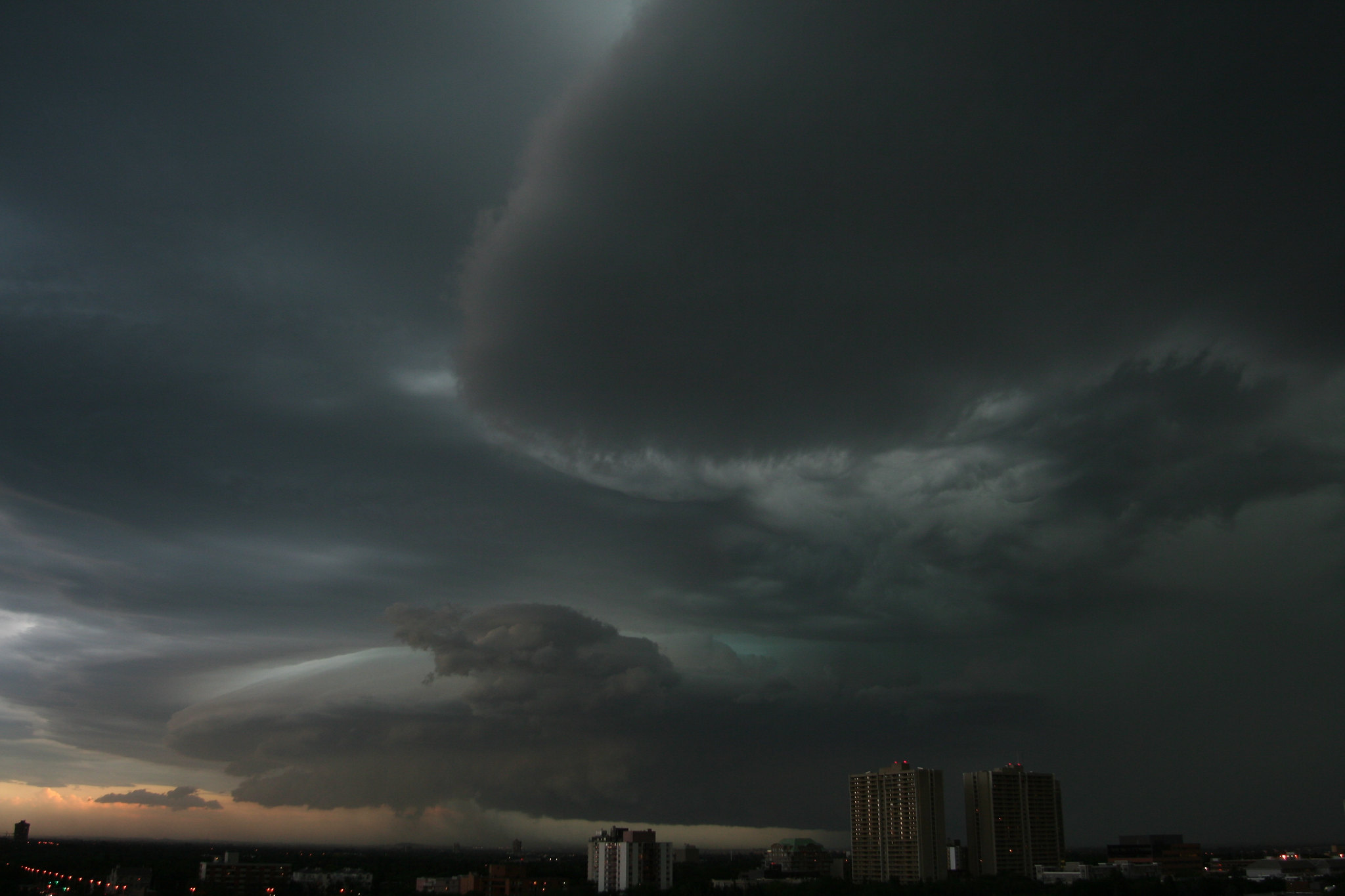Severe weather events have been making headlines more and more frequently in recent years. From devastating floods, mudslides and extreme heat, it seems like every year brings a new extreme weather event. But what exactly does it mean when we hear that a weather event is a "1 in 100 year" occurrence? And why do these events seem to be happening more often? In this article, we'll dive into the definition of a 1 in 100 year flood and explore the reasons behind their increasing frequency.
What is a 1 in 100 Year Weather Event?
A 1 in 100 year weather event, also known as a "100-year storm" or "100-year flood", is a weather event that has a 1% chance of occurring in any given year. This does not mean that these events only happen once every 100 years, but rather that they have a 1% chance of happening in any given year.
For example, if a city experiences a 100-year flood, it does not mean that they will not experience another flood for another 100 years. It simply means that there is a 1% chance of a flood of that magnitude occurring in any given year. This probability is calculated based on historical data and is used to assess the risk of severe weather events.
How are 1 in 100 year Weather Events Determined?
The probability of a 1 in 100 year weather event is determined by analyzing historical weather data and using statistical models to predict the likelihood of a similar event occurring in the future. This data includes factors such as rainfall, wind speed, and temperature.
For example, if a city has experienced a flood of a certain magnitude once every 100 years on average, it would be classified as a 1 in 100 year flood. However, it is important to note that these probabilities are not set in stone and can change over time as weather patterns and conditions shift.
Why do 1 in 100 year floods keep happening?
Climate Change
One of the main reasons for the increasing frequency of 1 in 100 year weather events is climate change. As the Earth's average temperature continues to rise, it has a direct impact on weather patterns and can lead to more extreme weather events. For example, warmer temperatures can lead to more intense storms. Across Alberta, we are seeing warmer winters and erratic seasonal changes with extended dry periods followed by intense storms.
Urbanization and Development
Another factor contributing to the increasing frequency of 1 in 100 year weather event is urbanization and development. As cities and towns continue to grow and expand, more land is covered with impermeable surfaces such as pavement and buildings. This means that when heavy rainfall occurs, there is less natural land to absorb the water, leading to more frequent and severe flooding.
Lack of Preparedness
In some cases, the increasing frequency of 1 in 100 year weather events can also be attributed to a lack of preparedness. As these events become more common, it is important for municipalities to have proper infrastructure, stormwater management plans and emergency measures in place to mitigate the damage and keep residents safe. However, in many cases, these measures mostly reactive until after a severe weather event occurs and the damage is already done. The cost of upgrading municipal infrastructure to withstand climate change is expensive and it will take many years to make improvements.
What can be Done to Mitigate the Impact of 1 in 100 Year Weather Events?
Investing in Civil Engineering and Stormwater Management
One way to mitigate the impact of 1 in 100 year weather events is to invest in resilience measures. This includes building infrastructure such as stormwater management systems as well as implementing green infrastructure solutions like rain gardens and permeable pavement. The City of Edmonton has committed to extensive stormwater management planning over the last 10 years to help manage extreme weather events. Some stormwater management techniques include:
- Bioswales. Bioswales are channels designed to convey stormwater while simultaneously removing silt, debris and pollutants. They are typically xeriscaped, vegetated or mulched and can be beneficial in recharging groundwater. Bioswales are designed with a gentle slope of less than 6%. Depending on the site topography, a bioswale's make-up can be influenced by many different variables, including climate, rainfall patterns, site size, budget, and local vegetation.
- Erosion Prevention. Planting Native Vegetation will not only prevent erosion but it will help absorb rainfall. During construction, a barrier is also put up to prevent silt from entering our stormwater ponds and other water bodies thus preventing further erosion.
- Dry Ponds. Dry ponds are low laying areas designed by a civil engineer to help manage excess water from extreme weather events. A dry detention pond is essentially a pond that acts as a bathtub for temporarily storing stormwater and controlling the amount leaving the pond and property.
- Culverts. Culverts is a tunnel like pipe under bridges, roads and ditches that serves as a passageway for water to drain into adjacent areas. Culverts stop water from accumulating under roads and preserve their lifespan.
- Ditches. This excavated long and narrow channel is designed to allow for drainage alongside roads, parking lots and highways.
- Stormwater Ponds. A stormwater pond is a low lying permanent pool of standing water. During intense storms, runoff flows into the pond and the sediments settle before the stormwater is released at a controlled rate back into the environment.
- Slopes. Designing drainage systems involves slopes ensure water flow away from infrastructure. The average slope is less than 6% in parking lots. Roads have various slopes depending on the terrain and soil composition.
Drainage infrastructure helps redirect, channel and absorb runoff to prevent flooding. These measures also to reduce the damage caused by severe weather events and protect communities from future disasters.
Reducing Carbon Emissions
As mentioned earlier, climate change is a major factor in the increasing frequency of 1 in 100 year weather events. By reducing carbon emissions and transitioning to renewable energy sources, we can help slow down the rate of climate change and potentially prevent even more extreme weather events from occurring in the future.
Proper Planning and Preparedness
Another important step in mitigating the impact of 1 in 100 year weather events is proper planning and preparedness. Civil engineers help shape new developments and can design stormwater management systems that will help mitigate catastrophic flooding events. By being prepared and having proper infrastructure in place, communities can minimize the damage and keep residents safe during severe weather events.

Looking Forward
In conclusion, a 1 in 100 year weather event is a severe weather event that has a 1% chance of occurring in any given year. These events are becoming more frequent due to factors such as climate change, urbanization, and lack of preparedness. However, by investing in resilience measures such as proper stormwater management planning and preparedness, we can mitigate the impact of these events and protect our communities from future disasters. It is important for individuals, communities, and governments to take action now to address the increasing frequency of 1 in 100 year weather events and work towards a more sustainable future.
If you are looking for experienced civil engineering company to guide you through development projects in Edmonton and across Alberta, be sure to engage with Bolson Engineering and Environmental Services. We’ll be happy to consult with you as your trusted engineering partner.

